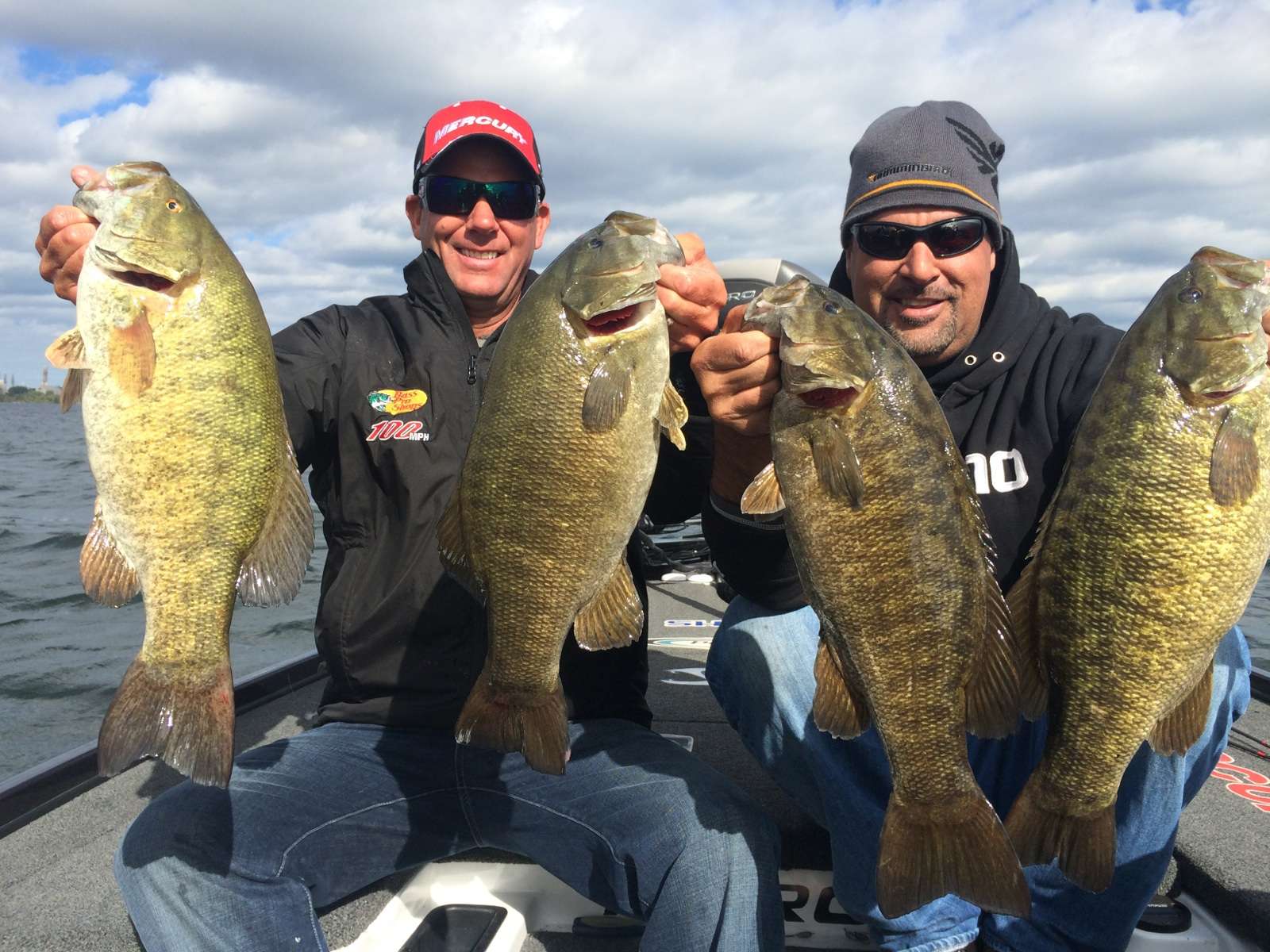
An interesting technique emerged last season that might play well in your local waters.
We’re talking about finesse swimbaiting, or the use of smaller bodied swimbaits on jigheads and spinning tackle.
It showed up quite a bit in smallmouth tournaments last season and has proven to be extremely effective when the water is clear.
The technique has proven to be incredibly effective when the water is cold, such as during the late fall and late winter on highland reservoirs or Great Lakes waters. It is deadly on smallmouth and spotted bass but will catch a fair share of largemouth as well. That subtle swimming action you get from these smaller baits is something the fish can’t help but bite in that clear, cooler water.
A lot of the early swimbaits were bigger with hollow bodies and thick paddle tails that move a lot of water. Strike King’s Shadalicious has caught a lot of fish for me, but when conditions are tougher and the water is extremely clear, that big wobble and tail action can be too much.
I’m not saying that those 5- to 6-inch swimbaits won’t work, but under extreme conditions, you might be wiser downsizing your lure.
That’s when a 4-inch or smaller swimbait like the Swimming Caffeine Shad or KVD Swimming Shiner with smaller profile bodies and paddle tails can be more effective. In the coming weeks, Strike King will introduce a Rage Swimmer that has a slightly fatter body and thinner tail that produces a slower wag that should be deadly on A-rigs and for finesse swimbaiting in cold water.
If you see a lot of 3- and 4-inch baitfish swimming around, that would be a good clue. Another situation would be if you see bass suspended over structure or around balls of bait. Keep in mind that in clear water bass become sight feeders, so a swimbait that looks natural can be a huge advantage.
I prefer to rig it on an exposed hook jighead. If it’s weedy or there is wood around, I will use a belly-weight style hook and Texas rig it.
Choosing the appropriate jig head weight is equally critical. Choose the lightest you can get away with yet still keep the bait in the proper depth zone. I throw 1/8, 3/16 and 1/4 ounce mostly in water 15 feet or shallower, but if I have to get into a deeper zone I’ll go to 3/8 ounce.
Line size is dictated by the cover. I prefer 8-pound fluorocarbon because you get better swimming action and more bites. The line doesn’t drag as much as heavier line, so you can maintain bait speed. It’s much the same principle as the shaky head technique.
A slow, steady retrieve is best, but I will mix it up with periodic pauses so that the bait pendulums back to the bottom. The key is to keep the bait swimming slowly just above the structure and the depth the bass are using. Day in, day out, however, that smooth steady retrieve is best.
One thing I’ve learned is to experiment with different bait styles when I know I’m around fish. For example, if I get a couple bites off an underwater point or a bridge, I will start experimenting with different swimbait styles to see what the fish prefer best.
Remember, it’s all about the attitude!
Kevin VanDam’s column appears weekly on Bassmaster.com. You can also find him on Facebook, Twitter and Instagram.

